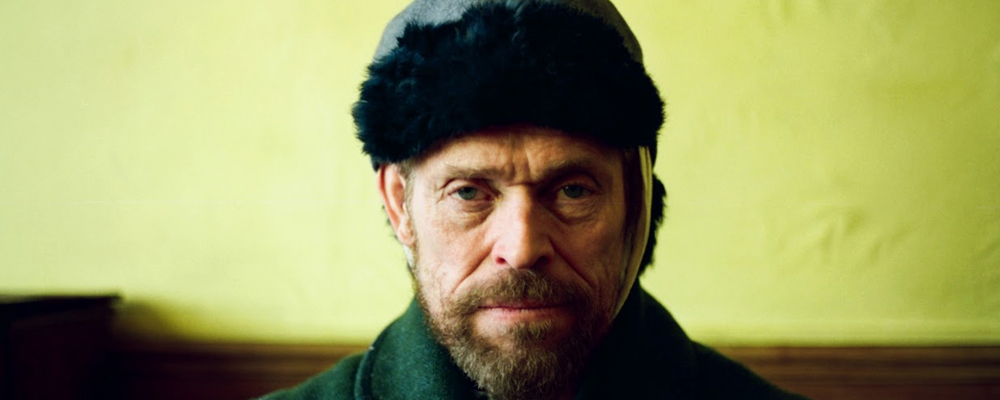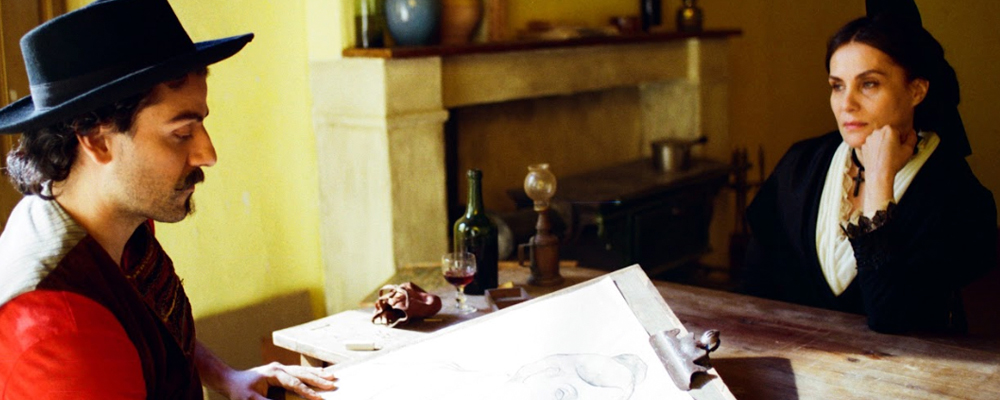Willem Dafoe Captures Van Gogh’s Profound Spirituality in ‘At Eternity’s Gate’
Michael Amundsen
“At Eternity’s Gate” recounts the last weeks of the life of artist Vincent Van Gogh. But it is not a biography per se. The movie turns one aspect of the artist’s troubled life into a broader exploration of Van Gogh’s spirituality and eternity. It’s a narrative that steps away from the manipulative nature of most of today’s movies, even the more experimental ones, to capture the soul of this giant of an artist who was reviled in his own time.
Of all the famous artists, Van Gogh seems to have won the media derby. His life is the subject of a number of operas, musical compositions, documentaries and movies, not to mention Don Mclean’s popular song. The works, especially the films, are generally well done and critically acclaimed, even nominated for Oscars.
And now coming to theaters is “At Eternity’s Gate,” directed by Julian Schnabel. Schnabel, an accomplished neo-expressionist painter himself, is known for undertaking difficult subjects with sensitivity and honest emotions, and doing them in creative cinematic ways. Much of “The Diving Bell and the Butterfly” takes place in the mind of a paralyzed former magazine editor who can see through one eye only.
His take on Van Gogh is no different. Schnabel wants us to consider Van Gogh, as played by Willem Dafoe, as a spiritual being upon whom eternity and all its doubts and certainties loom heavy. He does this by focusing on Van Gogh’s closest relationships in those last days.
Vincent’s brother Theo (Rupert Friend), with the support of his wife Johanna (Amira Casar), made Vincent’s life and work possible with his financial support. But it was their tight and loving relationship that did more to keep Vincent still alive and painting.
Van Gogh grew increasingly dependent on his friendship with French painter Paul Gauguin (Oscar Issac). Their time together is typically remembered by Van Gogh’s cutting off his ear as an extreme response to Gauguin leaving him and then giving it to a prostitute. Schnabel adds richer nuance and details to the story. In Schnabel’s narrative, Van Gogh does not belong to this world. Without malice or rebellion, Van Gogh frames his life with decisions incompatible to the poorer class citizenry that surrounds him. They consider him crazy and ban him from their respective village.
Schnabel’s Van Gogh is possessed with the French countryside around him. He paints it with passion, painting quickly because he feels that only with speed can one capture the honesty of his subject. Cinematographer Benoît Delhomme captures Van Gogh’s natural environment with ethereal brightness, a pastoral beauty so intense one almost has to squint at the sight of it.
Schnabel turns to quick cuts and overlapping voice-overs not to establish Van Gogh’s madness, but to emphasize the complexity of the voices fighting for identity in the complex inner life of Vincent Van Gogh.
Even the somewhat controversial ending is in keeping with the overall exploration of dreams, madness and spirituality that defines how Schnabel chooses to examine Van Gogh’s life.
Dafoe is perhaps older than the artist who died at the age of 37. But his face speaks volumes about Van Gogh’s life experience. He is able to balance the insanity with the Van Gogh’s calm self-awareness. Dafoe once played Jesus in Martin Scorsese’s “Last Temptation of Life.” One can see echoes of that performance in what he does here. In keeping with the spirit of the film, it’s an appropriate connection.
“At Eternity’s Gate” is one artist’s understanding of another artist. It is a personal work, told in a personal way. It has more in common with the foreign films and filmmakers of the 1960’s than with any film today. In that way, it is a successful film. Considering its subject matter, that is a welcome trait.
“At Eternity’s Gate” opens Nov. 16 in select theaters.



